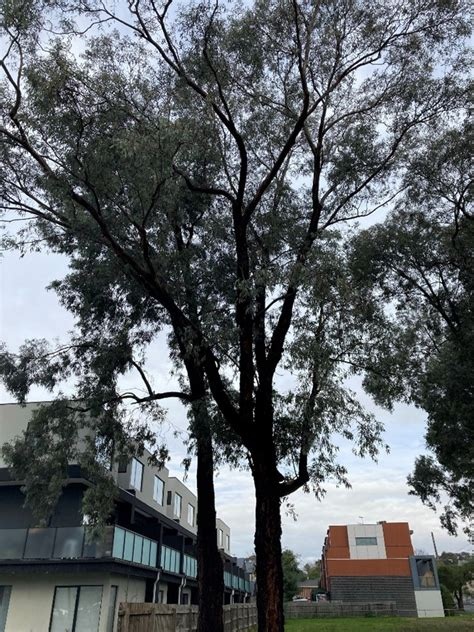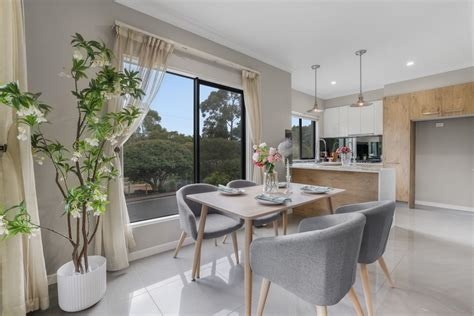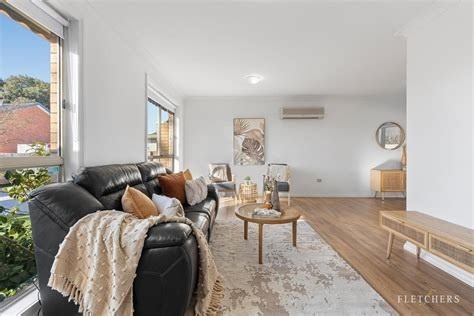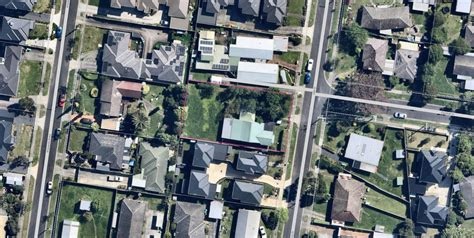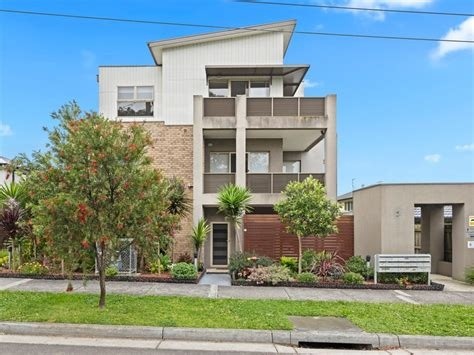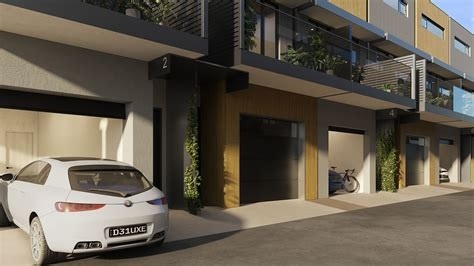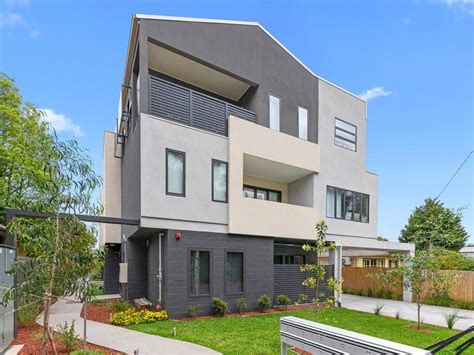Chart Color Schemes
est. as @ -- *
ABS ERP | -- people | --
2021 Census | -- people
Sales Activity
Curious about local property values? Filter the chart to assess the volume and appreciation (including resales) trends and regional comparisons, or scroll to the map below view this information at an individual property level.
Find a Recent Sale
Sales Detail
Population
Bayswater has seen population growth performance typically on par with national averages when looking at short and medium term trends
Bayswater's population, as of August 2025, is approximately 13,495. This figure represents a growth of 906 people since the 2021 Census, which reported a population of 12,589. The increase is inferred from ABS estimates; the resident population was 13,407 in June 2024, with an additional 138 validated new addresses recorded since the census date. This results in a population density of 1,678 persons per square kilometer, higher than the average seen across national locations assessed by AreaSearch. Bayswater's growth rate of 7.2% since the 2021 Census exceeds that of its SA3 area (3.9%) and SA4 region, indicating it as a growth leader in the region. Overseas migration contributed approximately 80.9% of overall population gains during recent periods.
AreaSearch uses ABS/Geoscience Australia projections for each SA2 area, released in 2024 with a base year of 2022. For areas not covered by this data, AreaSearch employs VIC State Government's Regional/LGA projections from 2023, adjusted using weighted aggregation methods to SA2 levels. Growth rates by age group are applied across all areas for the years 2032 to 2041. Looking ahead, above median population growth is projected for this area, with an expected increase of 1,981 persons by 2041, reflecting a total increase of 13.3% over the 17-year period.
Frequently Asked Questions - Population
Development
Recent residential development output has been above average within Bayswater when compared nationally
Bayswater has seen approximately 100 dwellings receive development approval annually. Development approval data from the ABS indicates 501 homes approved over the past five financial years, from FY20 to FY25, with six already recorded in FY26. On average, 0.9 new residents have arrived per year for each new home over these five years, suggesting supply meets or exceeds demand and supports population growth while offering greater buyer choice. The average construction cost of new dwellings is $429,000, consistent with regional patterns.
This financial year has seen $51.6 million in commercial approvals, indicating high local commercial activity. Compared to Greater Melbourne, Bayswater shows elevated construction levels, 34.0% above the regional average per person over the past five years, maintaining good buyer choice and supporting existing property values. New development consists of 36.0% detached houses and 64.0% townhouses or apartments, marking a shift from the current housing pattern of 62.0% houses. This denser development provides accessible entry options appealing to downsizers, investors, and first-time buyers. With around 202 people per approval, Bayswater reflects a developing area.
Population forecasts indicate Bayswater will gain 1,791 residents by 2041. Based on current development patterns, new housing supply should readily meet demand, offering good conditions for buyers and potentially facilitating population growth beyond projections.
Frequently Asked Questions - Development
Infrastructure
Bayswater has strong levels of nearby infrastructure activity, ranking in the top 40% nationally
Changes in local infrastructure significantly impact an area's performance. AreaSearch identified 33 projects likely affecting the region. Notable projects include 711-717 Mountain Highway Mixed Use Development, Marie Wallace Bayswater Oval Sportsfield Renewal, 58-60 Station Street Land Sale Development, and Knox Housing Targets. The following list details those most relevant.
Professional plan users can use the search below to filter and access additional projects.
INFRASTRUCTURE SEARCH
Frequently Asked Questions - Infrastructure
Bayswater Renewal Strategy Implementation
The Bayswater Renewal Strategy aims to ensure the Bayswater Major Activity Centre continues to be a thriving hub for community life and business until 2040. It guides development to support population growth from 13,013 to 18,682 by 2040 and housing needs while protecting the areas distinctive character and balancing economic, social, and environmental matters. The strategy includes an action plan with 65 actions, such as revitalizing Penguin Place and Macauley Place, investigating a new community hub, facilitating renewal of Bayswater Triangle, increasing tree canopy, improving public spaces, enhancing business synergies, developing a niche and night-time economy, improving pedestrian and cycling networks, and proposing increased building heights up to 6 storeys in key precincts.
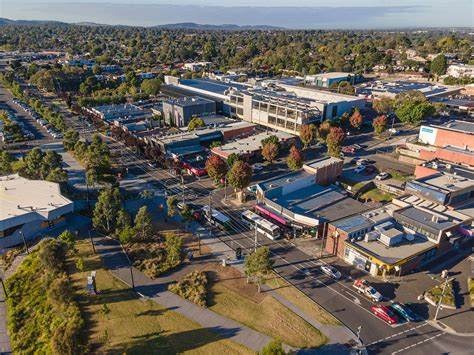
Deakin University Burwood Campus Expansion
Major expansion of Deakin University's Burwood campus including new academic buildings, student accommodation, research facilities, and improved transport connections. Enhanced integration with planned Suburban Rail Loop station for direct university access.
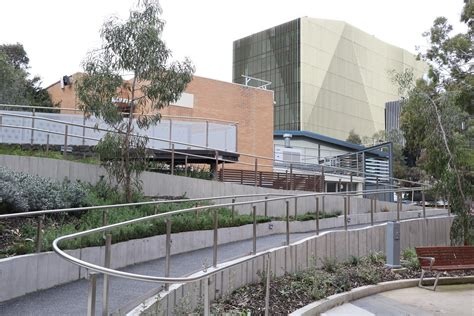
Marie Wallace Bayswater Oval Sportsfield Renewal
Comprehensive renewal of the playing field at Marie Wallace Bayswater Oval, including leveling and resurfacing, installation of modern irrigation and drainage systems, and improvements to ensure consistent playability year-round. This upgrade is part of Knox City Council's capital works program to enhance local sporting facilities and community recreational opportunities.
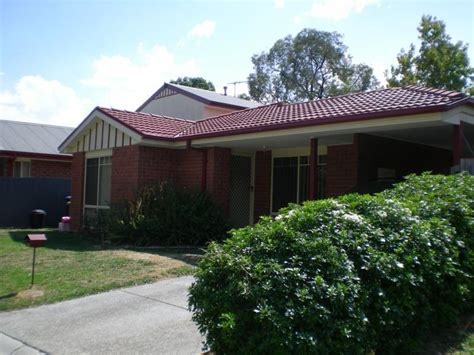
Bayswater Level Crossing Removals
The project removed level crossings at Mountain Highway and Scoresby Road by lowering the Belgrave Line below ground. The new Bayswater Station precinct includes walking and cycling paths, a bus interchange, more than 350 car spaces, and public artwork designed by Aboriginal artists and students from Bayswater Secondary College.
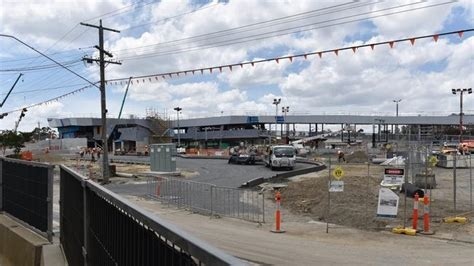
Berengarra School - 26 Waldheim Road, Bayswater
Proposed non-government secondary school (Berengarra School) at 26 Waldheim Road, Bayswater. Current planning application PA2503692 seeks use and development for Stage 1 comprising six new single-storey buildings, with supporting reports covering traffic, landscape, sustainability and environmental matters. Site was previously marketed as a 3.22 ha development opportunity.
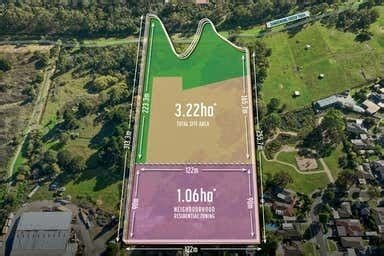
Tormore Reserve Pavilion Upgrade
Full redevelopment of the pavilion including refurbishment of existing facilities and addition of a second storey to create a modern and inclusive facility for sports and community activities. Features include inclusive change rooms and toilets with female facilities, social and multi-purpose spaces with viewing platform, meeting room, office space, expanded storage, and fully refurbished kitchen, kiosk, and bar. The upgrade enhances accessibility, inclusivity, and sustainability for local clubs and residents while meeting best-practice building standards.

Knox Housing Targets
Victorian Government housing targets for Knox to deliver 43,000 new homes by 2051 as part of the statewide plan to build 2.24 million homes to meet population growth. Knox Council is reviewing its housing strategy to accommodate this growth, focusing on diverse housing options, affordability, and infrastructure while protecting local character and environment. This will involve activity centers, transport corridors, and strategic sites, putting pressure on services requiring coordinated investment.
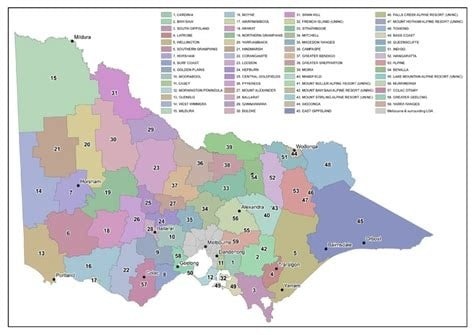
711-717 Mountain Highway Mixed Use Development
7-storey mixed use development comprising 55 apartments (15 one-bedroom, 39 two-bedroom, 1 three-bedroom), two ground floor retail tenancies totaling approximately 340sqm, 67 car parking spaces, and 78 bicycle spaces. The project was initially refused by Knox City Council in July 2018 but approved by VCAT in April 2019. It features premium finishes, strategic location near Bayswater Train Station, and is currently on hold with no construction started.
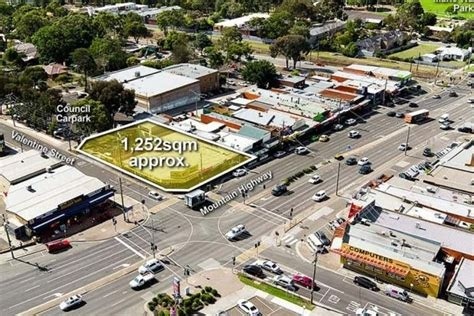
Employment
Employment conditions in Bayswater remain below the national average according to AreaSearch analysis
Bayswater has an educated workforce with strong manufacturing and industrial sectors. Its unemployment rate was 4.9% in June 2025, with an estimated employment growth of 1.4% over the past year.
As of this date, 7,083 residents were employed while the unemployment rate was 0.2% higher than Greater Melbourne's rate of 4.6%. Workforce participation was similar to Greater Melbourne's 64.1%. Key employment industries included health care & social assistance, construction, and manufacturing, with a notable specialization in manufacturing at 1.4 times the regional level. Conversely, professional & technical services employed only 7.9% of local workers, below Greater Melbourne's 10.1%.
The area had 1.1 workers per resident as of the Census, indicating it functions as an employment hub hosting more jobs than residents and attracting workers from nearby areas. Over the year to June 2025, employment in Bayswater increased by 1.4% while labour force grew by 0.7%, leading to a decrease in unemployment by 0.6 percentage points. In contrast, Greater Melbourne saw employment growth of 3.5% and labour force growth of 4.0%, with an increase in unemployment by 0.5 percentage points. State-level data from Sep-25 showed Victoria's employment grew by 1.08% year-on-year, adding 39,880 jobs, with the state unemployment rate at 4.7%. This was slightly higher than the national rate of 4.5%, but Victoria's employment growth outpaced the national average of 0.26%. Jobs and Skills Australia's national employment forecasts from May 2025 estimated national employment growth of 6.6% over five years and 13.7% over ten years. Applying these projections to Bayswater's employment mix suggested local growth of approximately 6.5%% over five years and 13.6% over ten years, though this is a simple weighting extrapolation for illustrative purposes and does not account for localized population projections.
Frequently Asked Questions - Employment
Income
Income levels align closely with national averages, indicating typical economic conditions for Australian communities according to AreaSearch analysis
AreaSearch's latest postcode level ATO data for financial year 2022 shows Bayswater had a median income among taxpayers of $53,436 and an average of $60,687. This is below the national average. Greater Melbourne, meanwhile, had a median income of $54,892 and an average of $73,761. Based on Wage Price Index growth of 10.11% since financial year 2022, current estimates for Bayswater would be approximately $58,838 (median) and $66,822 (average) as of March 2025. Census data indicates household, family, and personal incomes in Bayswater rank modestly, between the 42nd and 46th percentiles. Income distribution shows that 36.0% of locals (4,858 people) earn between $1,500 and $2,999, which is similar to the regional pattern where 32.8% fall into this category. Housing affordability pressures are severe in Bayswater, with only 82.2% of income remaining, ranking at the 41st percentile. The area's SEIFA income ranking places it in the 5th decile.
Frequently Asked Questions - Income
Housing
Bayswater displays a diverse mix of dwelling types, with a higher proportion of rental properties than the broader region
Bayswater's housing structure, according to the latest Census, consisted of 62.2% houses and 37.7% other dwellings (semi-detached, apartments, 'other' dwellings). In contrast, Melbourne metro had 83.4% houses and 16.7% other dwellings. Home ownership in Bayswater was at 28.4%, with mortgaged dwellings at 37.2% and rented dwellings at 34.5%. The median monthly mortgage repayment was $1,827, lower than Melbourne metro's $2,000. Weekly rent was $376 in Bayswater, compared to Melbourne metro's $400. Nationally, Bayswater's mortgage repayments were below the average of $1,863, while rents exceeded the national figure of $375.
Frequently Asked Questions - Housing
Household Composition
Bayswater has a typical household mix, with a lower-than-average median household size
Family households constitute 67.9% of all households, including 28.8% couples with children, 24.7% couples without children, and 13.1% single parent families. Non-family households account for the remaining 32.1%, with lone person households at 28.3% and group households making up 3.7%. The median household size is 2.4 people, smaller than the Greater Melbourne average of 2.7.
Frequently Asked Questions - Households
Local Schools & Education
Bayswater performs slightly above the national average for education, showing competitive qualification levels and steady academic outcomes
Bayswater trail's educational qualifications benchmarked regionally show 30.0% of residents aged 15+ with university degrees, compared to Greater Melbourne's 37.0%. This indicates potential for educational development and skills enhancement. Bachelor degrees are most common at 20.0%, followed by postgraduate qualifications (7.5%) and graduate diplomas (2.5%). Vocational credentials are prominent, with 33.3% of residents aged 15+ holding them – advanced diplomas (11.7%) and certificates (21.6%).
Educational participation is high at 26.3%, including 8.5% in primary education, 6.2% in secondary education, and 4.7% pursuing tertiary education. Bayswater's five schools have a combined enrollment of 1,039 students as of the latest data point (year not specified). The ICSEA score for Bayswater is 1024, indicating typical Australian school conditions with balanced educational opportunities. There are four primary and one secondary school serving distinct age groups. School places per 100 residents are 7.7, lower than the regional average of 12.1, suggesting some students may attend schools in adjacent areas.
Frequently Asked Questions - Education
Schools Detail
Nearby Services & Amenities
Transport
Transport servicing is good compared to other areas nationally based on assessment of service frequency, route connectivity and accessibility
Bayswater has 67 active public transport stops offering a mix of train and bus services. These stops are served by 14 routes, collectively facilitating 3,469 weekly passenger trips. Transport accessibility is rated as good, with residents located an average of 247 meters from the nearest stop.
Service frequency across all routes averages 495 trips per day, equating to approximately 51 weekly trips per individual stop.
Frequently Asked Questions - Transport
Transport Stops Detail
Health
Health outcomes in Bayswater are marginally below the national average with the level of common health conditions among the general population somewhat typical, though higher than the nation's average among older cohorts
Bayswater's health indicators show below-average results. Common health conditions are somewhat typical but higher than the national average among older residents.
Approximately 50% of Bayswater's total population (~6,747 people) has private health cover, lower than the national average of 55.3%. Mental health issues and asthma are the most common medical conditions in the area, affecting 9.1 and 8.5% of residents respectively. 67.7% of residents report being completely clear of medical ailments, compared to 69.4% across Greater Melbourne. Bayswater has 18.2% of residents aged 65 and over (2,453 people), lower than the 19.5% in Greater Melbourne. Health outcomes among seniors require more attention than those of the broader population.
Frequently Asked Questions - Health
Cultural Diversity
Bayswater is among the most culturally diverse areas in the country based on AreaSearch assessment of a range of language and cultural background related metrics
Bayswater's cultural diversity is notable, with 36.5% of its population born overseas and 32.3% speaking a language other than English at home. Christianity is the predominant religion in Bayswater, accounting for 41.7% of people. However, Buddhism stands out as being overrepresented compared to Greater Melbourne, comprising 4.2% versus 4.6%.
In terms of ancestry, the top three groups are English (23.0%), Australian (20.7%), and Other (10.5%). Some ethnic groups have notable differences in representation: Hungarian is overrepresented at 0.5%, Dutch at 2.1%, and Sri Lankan at 0.9%.
Frequently Asked Questions - Diversity
Age
Bayswater's population is slightly younger than the national pattern
The median age in Bayswater is 38 years, closely matching Greater Melbourne's average of 37 years and the Australian median of 38 years. Compared to Greater Melbourne, Bayswater has a higher proportion of residents aged 75-84 (6.5%) but fewer residents aged 5-14 (10.3%). As per the 2021 Census, the population aged 15-24 increased from 10.5% to 11.6%, while the 25-34 age group decreased from 16.4% to 15.5%. By 2041, Bayswater's age composition is projected to change significantly. Notably, the 45-54 age group is expected to grow by 29%, reaching 2,122 people from 1,640. Conversely, both the 0-4 and 35-44 age groups are anticipated to decrease in number.
